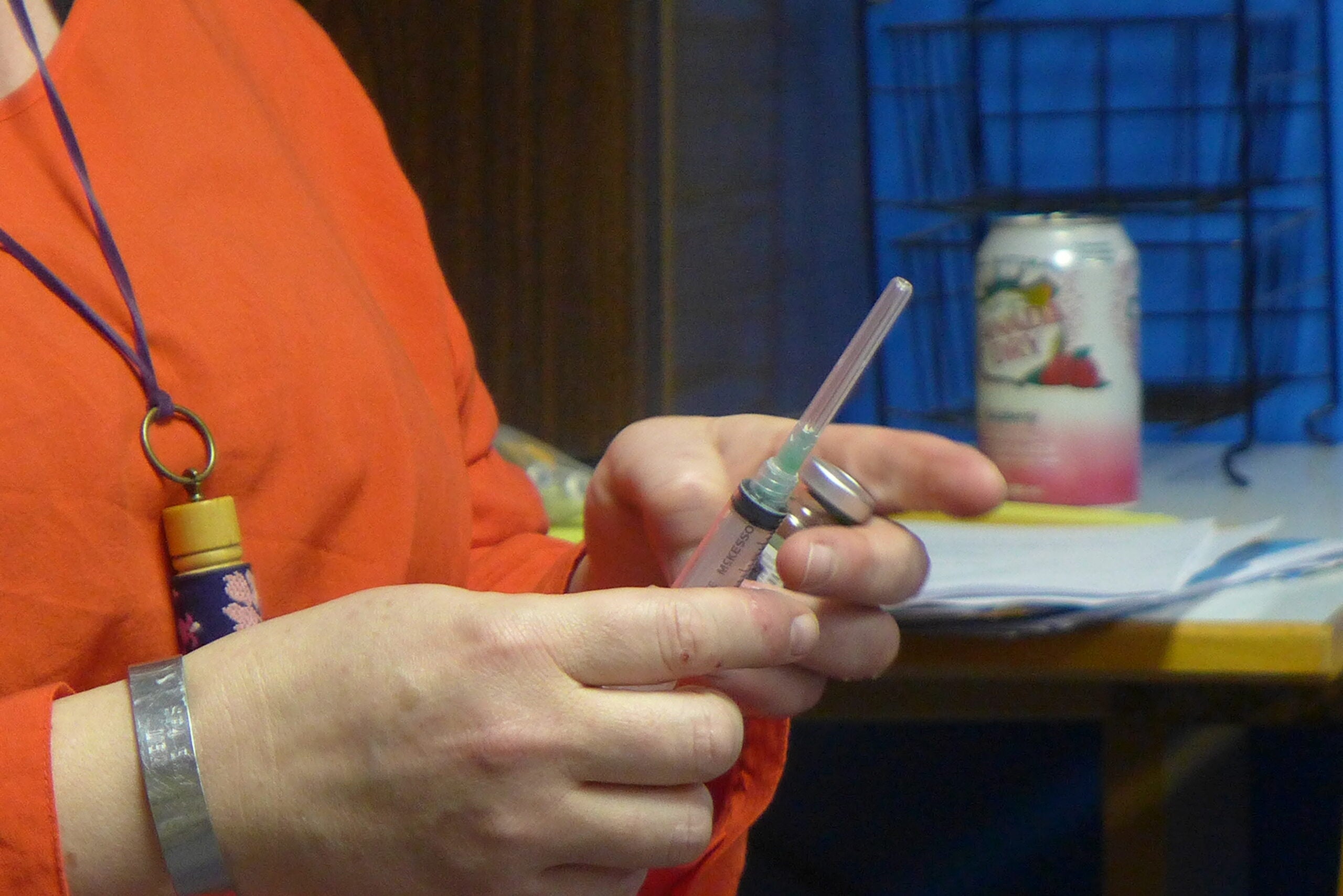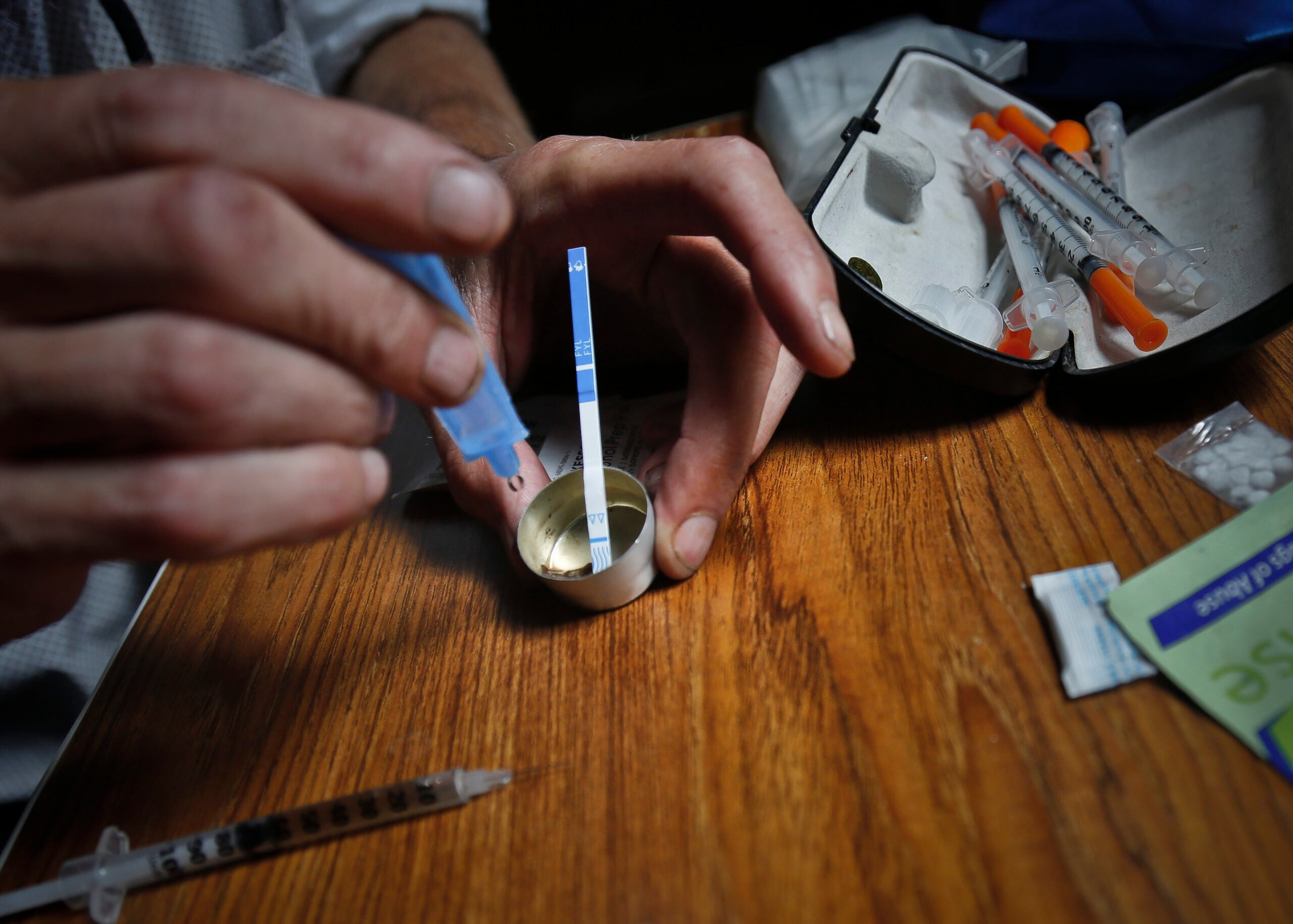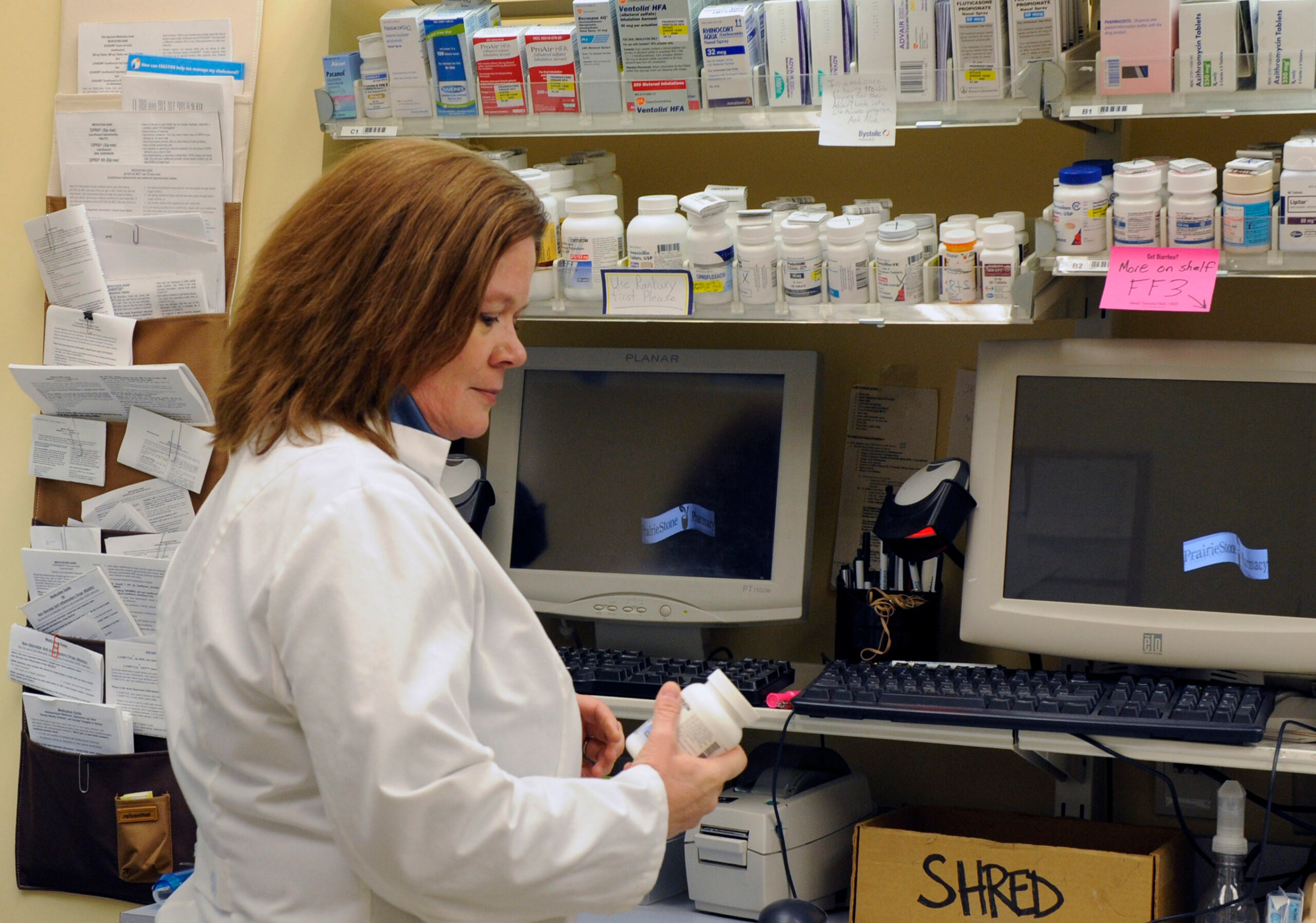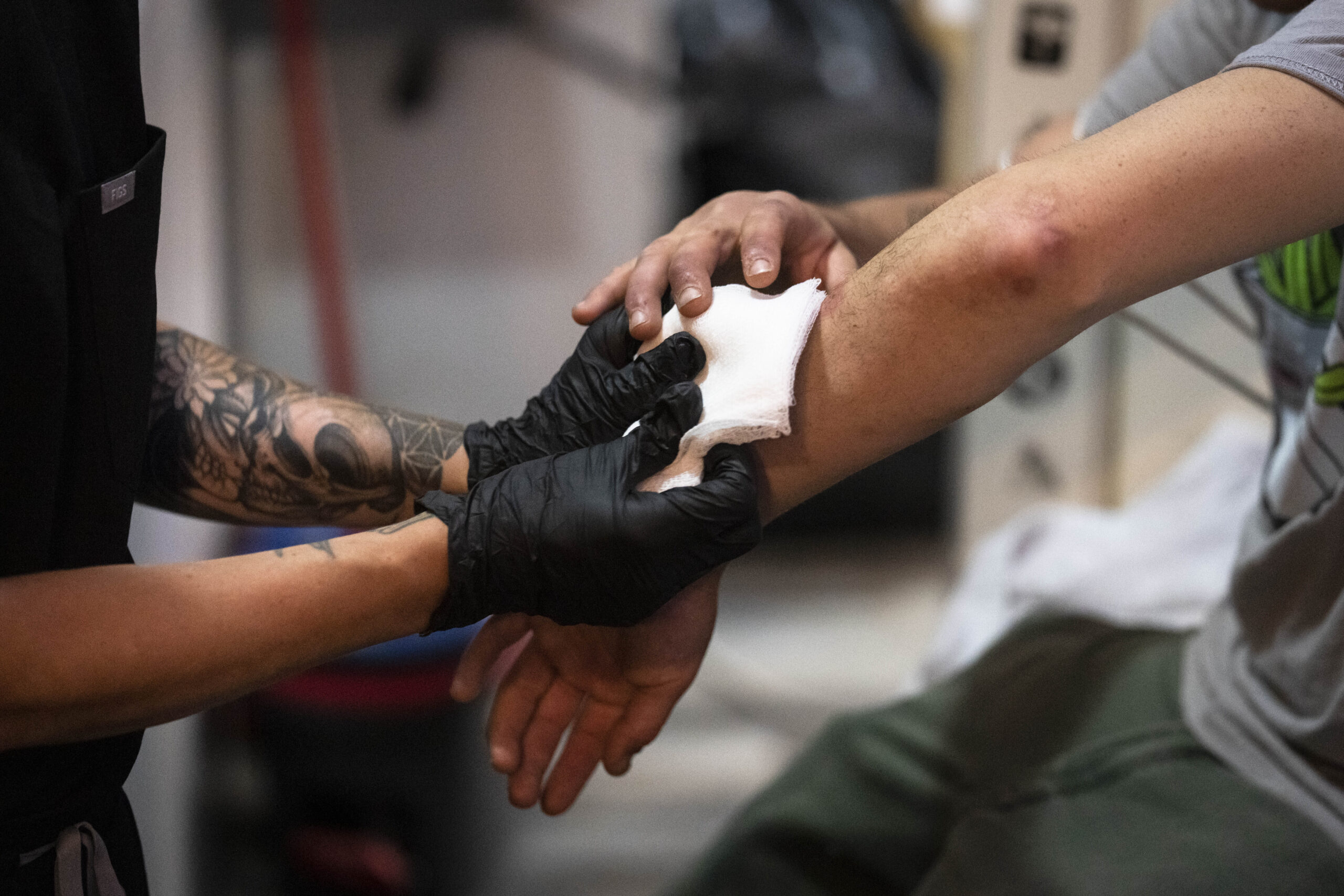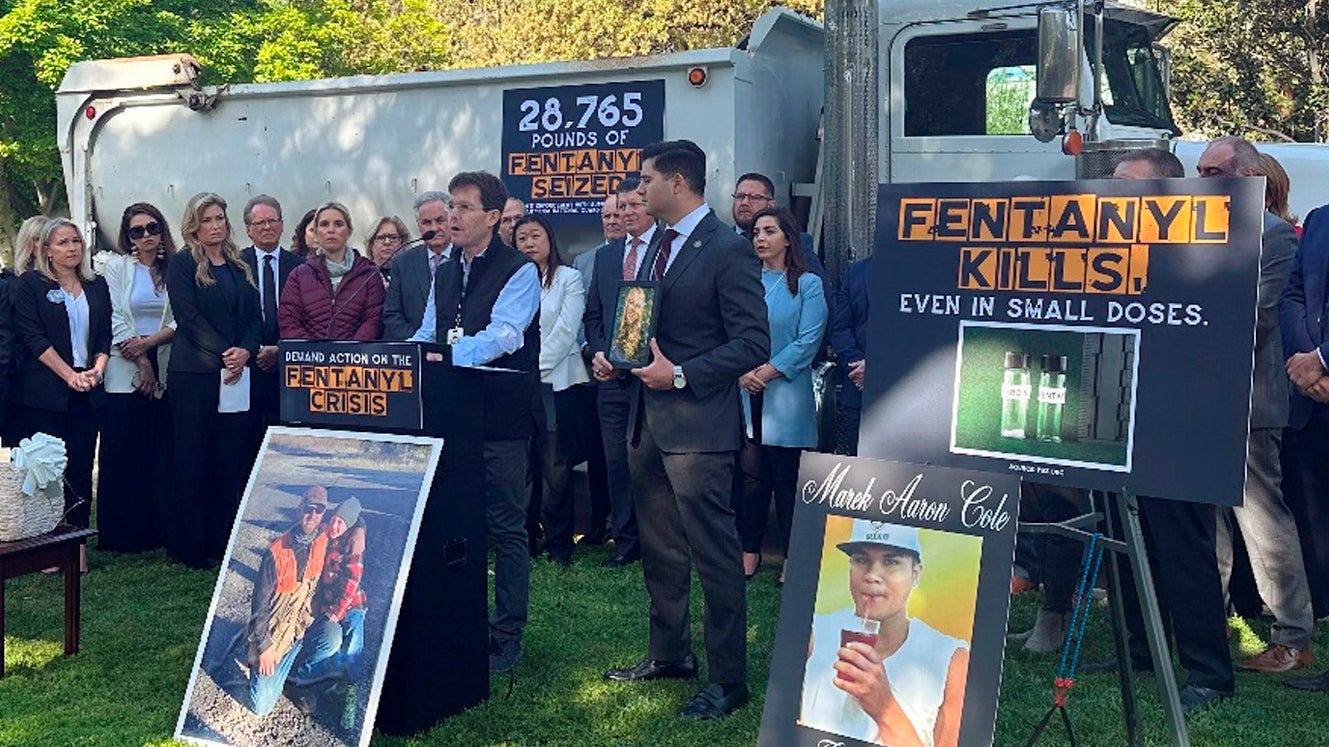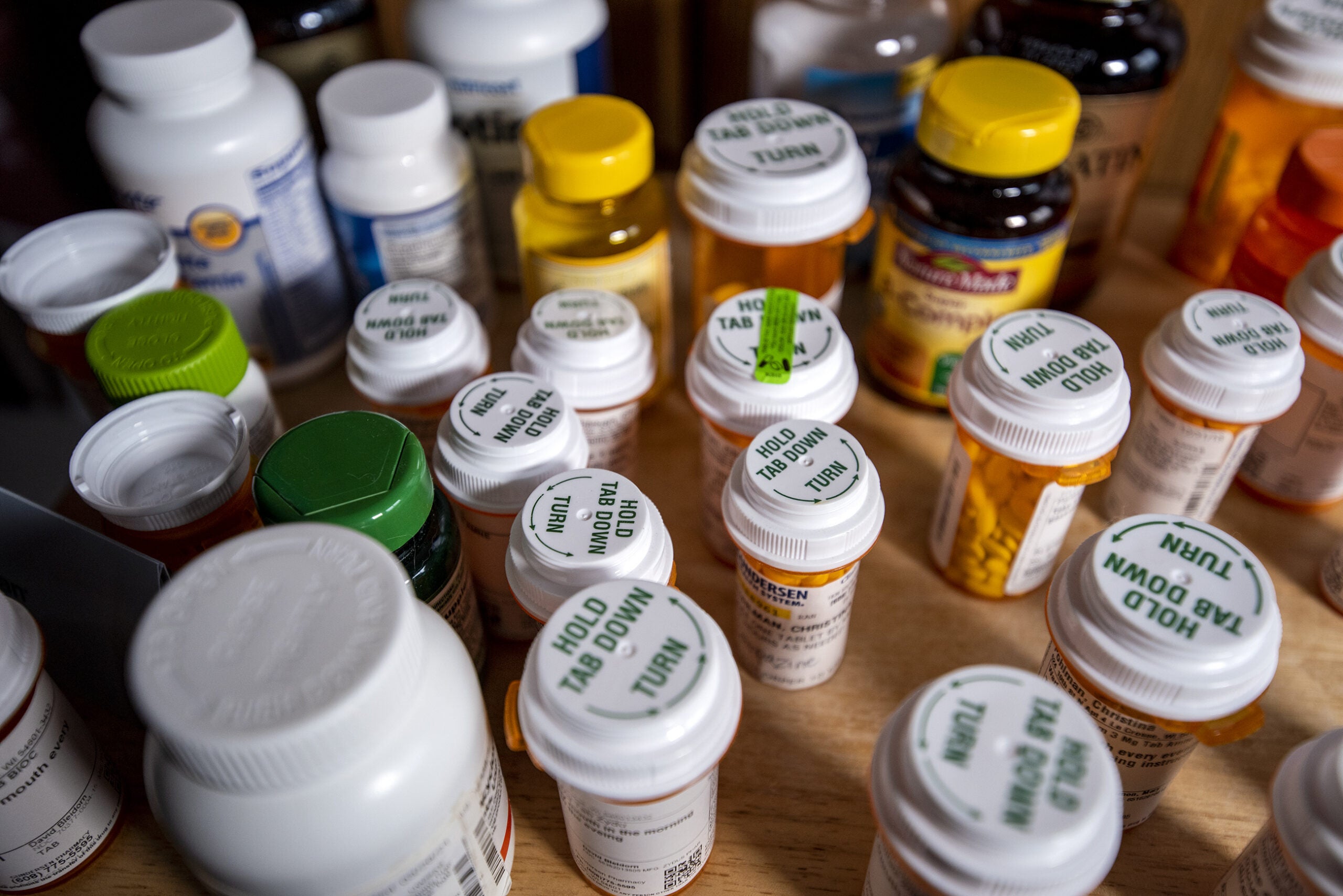Editor’s Note: This story has been updated to remove identifying information of certain subjects who wished to remain anonymous.
The heroin epidemic sweeping the nation sometimes starts with prescription painkillers, with many first-time users not intending to get high — they just want to alleviate surgical pain. But a common medical procedure involving opioid painkillers led to years of emotional pain for one Madison family.
Robert — whose real name is being withheld for privacy issues — took a common route to prescription painkiller addiction. After getting his wisdom teeth pulled at age 16, the dentist prescribed a narcotic painkiller. At the time, it seemed like a relatively harmless way to control post-surgical pain. In fact, recent research found opiod painkillers are commonly prescribed for tooth extraction, and that over-the-counter medications might be more appropriate.
Stay informed on the latest news
Sign up for WPR’s email newsletter.
Several years after her son’s procedure, Robert’s mother said she realized he was still taking the pills.
“He began to search out for other drugs that would give him a high. A lot of it was prescription pills that he could get from friends or stealing from medicine cabinets or buying off the street and went along with alcohol,” she said.
She said she had a good, open relationship with her son. They talked about his drinking when she became concerned. But at the time, she said, she wasn’t aware of Robert’s use of prescription painkillers — and later, heroin.
She finally pieced it together on her own.
“He didn’t necessarily come to me and say, ‘Hey, I’m an addict.’ I recognized the signs just based on educating myself and the awareness in the community,” she said.
That awareness has led to laws around the country that allow easier access to the “rescue” drug Naloxone. It reverses opioid overdose.
About 20 parents of addicts, including Robert’s mother, went to a meeting in Madison recently to learn how to administer the drug. Heidi Olson-Streed, a prevention specialist with Aids Resource Center of Wisconsin, spoke at the meeting.
“Again, for anyone who came in late my name is Heidi. I’m going to pass around these. These are the naloxone training pack basics. This is the whole shebang for overdose prevention and response. Take one, pass it on,” she said.
The organization has trained 8,000 people how to use the overdose drug. It started doing so 10 years ago and prevention director Scott Stokes said 4,500 lives have been saved by friends administering the drug.
In Madison and other cities around Wisconsin, police and firefighters carry Naloxone to try and revive those who’ve overdosed on opiates. Madison Police Chief Mike Koval said at the meeting that all officers now carry it.
“I call it the Lazarus drug and we’re in (the basement of) a church so it really works to my needs at this point. When you come upon people who are literally, clinically pulseless and non-breathing that’s as close to dead as it gets,” he said.
A desperate desire to keep their children alive is what brings many parents to the training session. Robert has been using drugs — on and off — for 18 years. His mother said she’s worried.
“Twice in in the last five years, he has passed out behind the wheel of vehicle. The first time he was in active traffic at a stoplight. This was in 2011. And just this year, (he) passed out behind the wheel, had an accident and totalled the vehicle. He was the only person around, thank God. There were no others around,” she said.
Robert is currently not using. He’s being treated with a drug called Vivatrol, which stops cravings and blocks the body’s opioid receptors, so even if users try to get high, they don’t feel it.
Wisconsin Public Radio, © Copyright 2024, Board of Regents of the University of Wisconsin System and Wisconsin Educational Communications Board.

